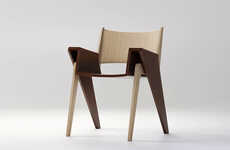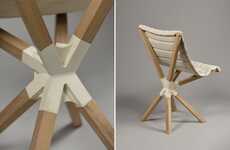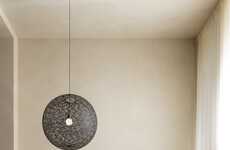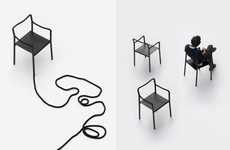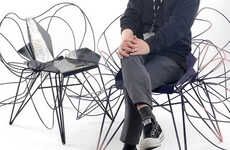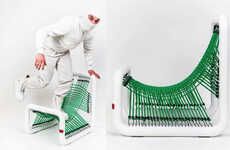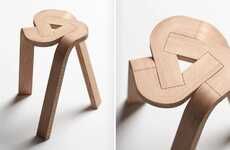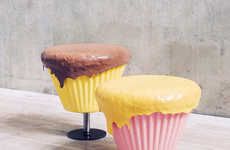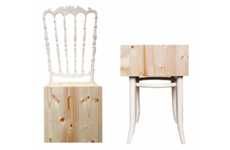
The Knot Chair by Tatsuo Kuroda Features Knitted Paper-Code Details
Meghan Young — February 8, 2011 — Art & Design
References: artyouknow & contemporist
Although the Knot Chair features a minimalist design, the beauty of it is all in its deceptively intricate details. Composed out of solid beech wood, plywood and paper-code, it is held together by a knotting technique to give it a unique finish.
Designed by Tatsuo Kuroda, the Knot chair boasts four separate pieces that are bound together with paper-code that has been knitted together for a visually interesting boost to the entire piece of furniture.
Designed by Tatsuo Kuroda, the Knot chair boasts four separate pieces that are bound together with paper-code that has been knitted together for a visually interesting boost to the entire piece of furniture.
Trend Themes
1. Minimalist Design - Disruptive innovation opportunity: Explore new materials and techniques to create visually interesting and unique furniture pieces with a minimalist design.
2. Intricate Details - Disruptive innovation opportunity: Develop new ways to incorporate intricate details into furniture designs using unconventional materials and construction methods.
3. Knitted Paper-code - Disruptive innovation opportunity: Utilize unconventional materials like knitted paper-code to add texture and aesthetic appeal to furniture designs.
Industry Implications
1. Furniture Manufacturing - Disruptive innovation opportunity: Explore the use of innovative materials and techniques to create unique and visually appealing furniture designs.
2. Interior Design - Disruptive innovation opportunity: Incorporate intricate and visually interesting furniture pieces into interior design concepts to enhance the overall aesthetics of a space.
3. Art and Craft Supplies - Disruptive innovation opportunity: Develop and market new materials like knitted paper-code for use in art and craft projects, expanding the range of options for creative individuals.
1
Score
Popularity
Activity
Freshness


